Modern labyrinth fish science began in the 1980s. At that time, enthusiastic labyrinth fish enthusiasts joined together to form international associations. The world opened up to travelers and areas in Southeast Asia could be visited that had previously only been known from maps. One of the first Betta species to enter the hobby at that time was Betta unimaculata – or what was thought to be Betta unimaculata.
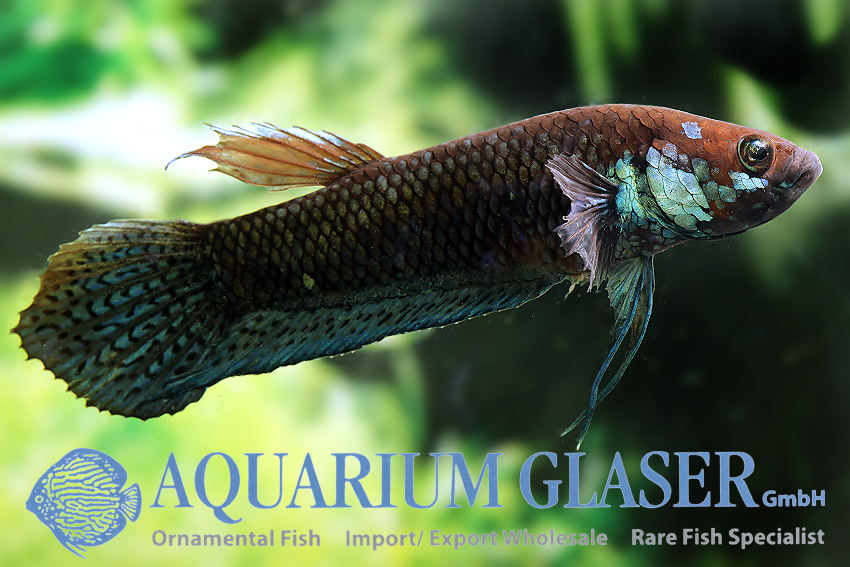
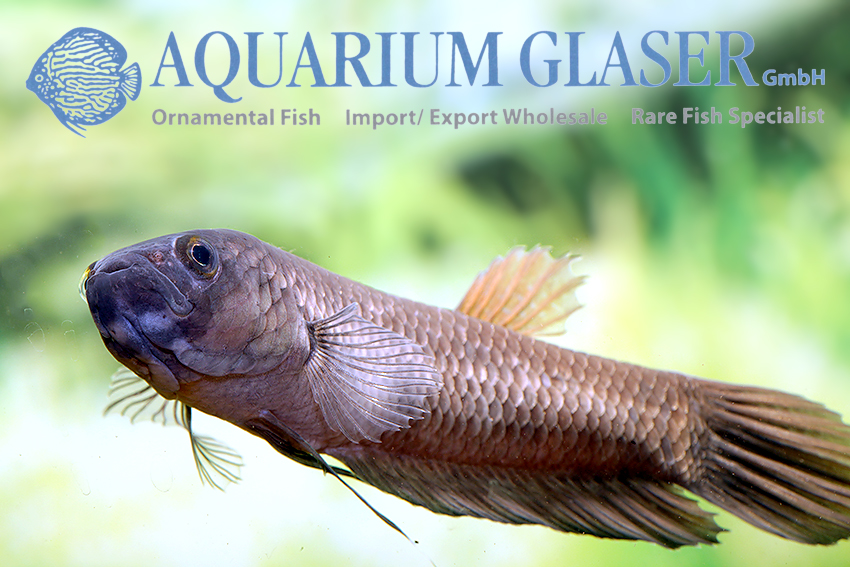
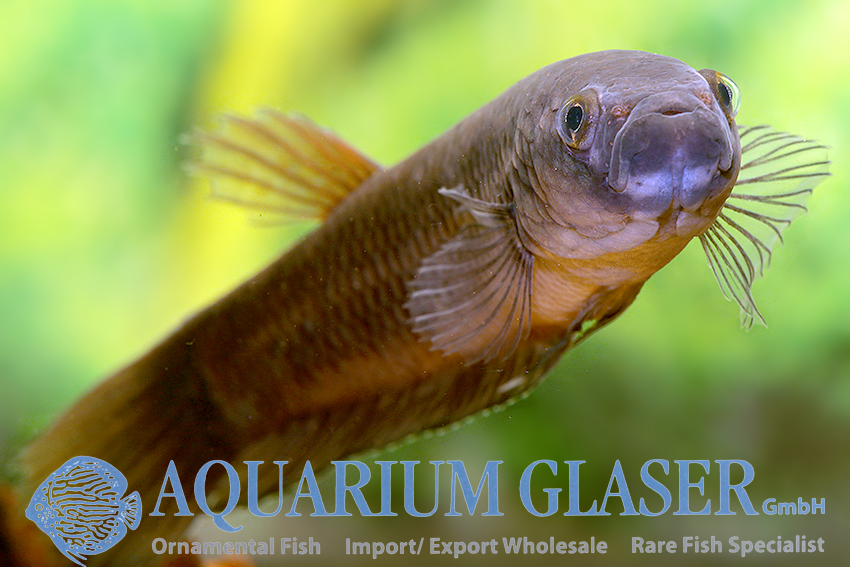
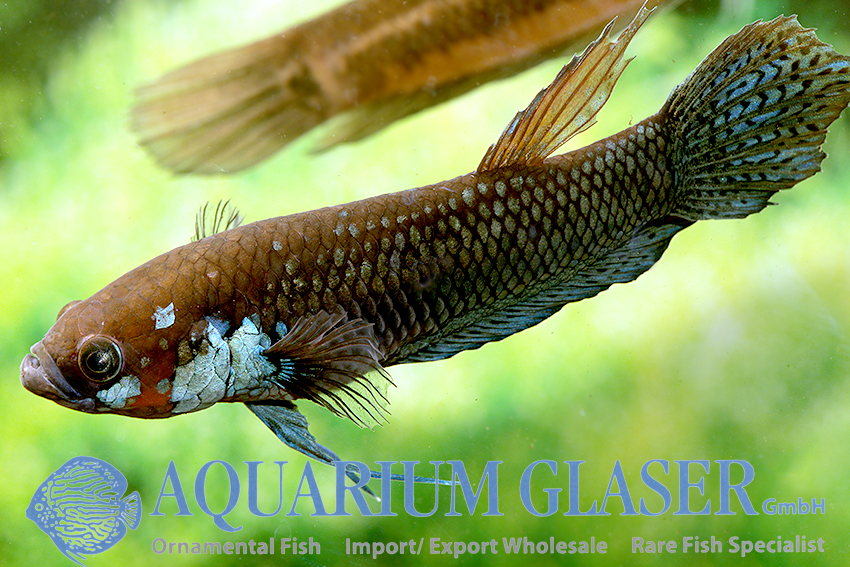
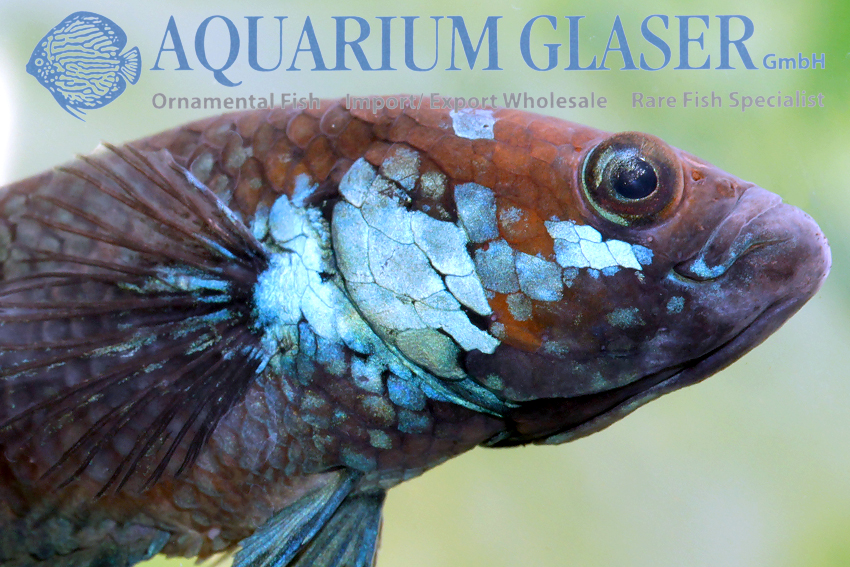
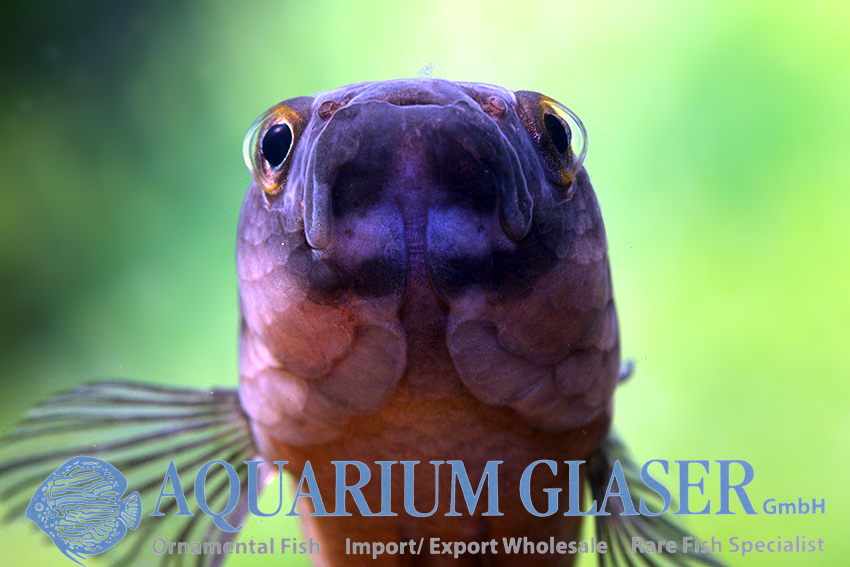
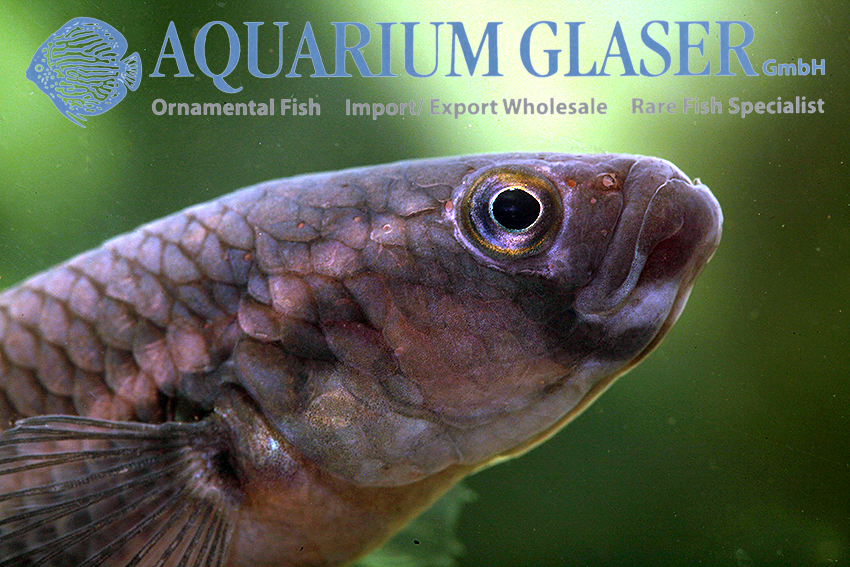
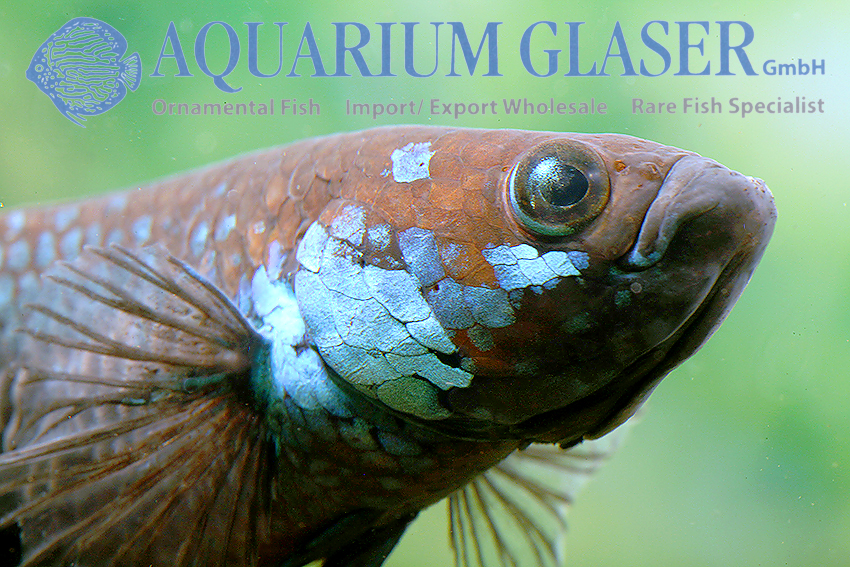
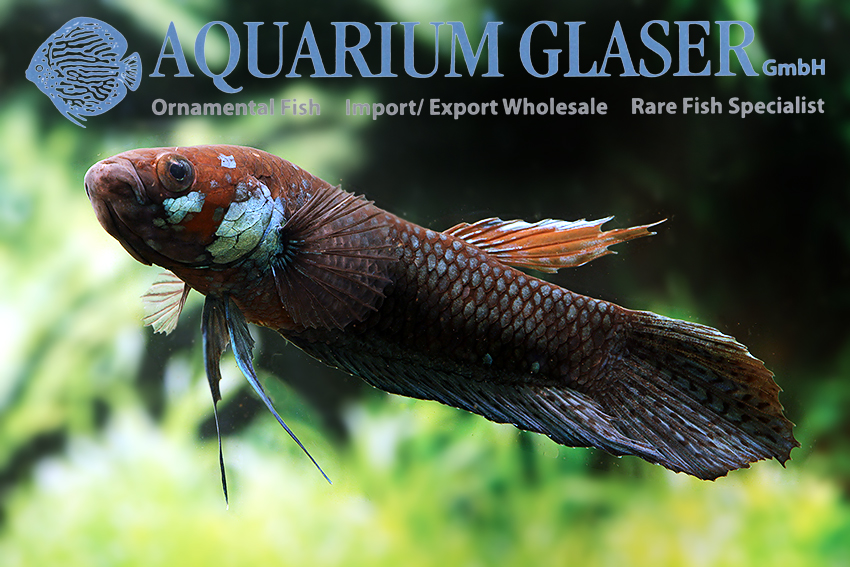
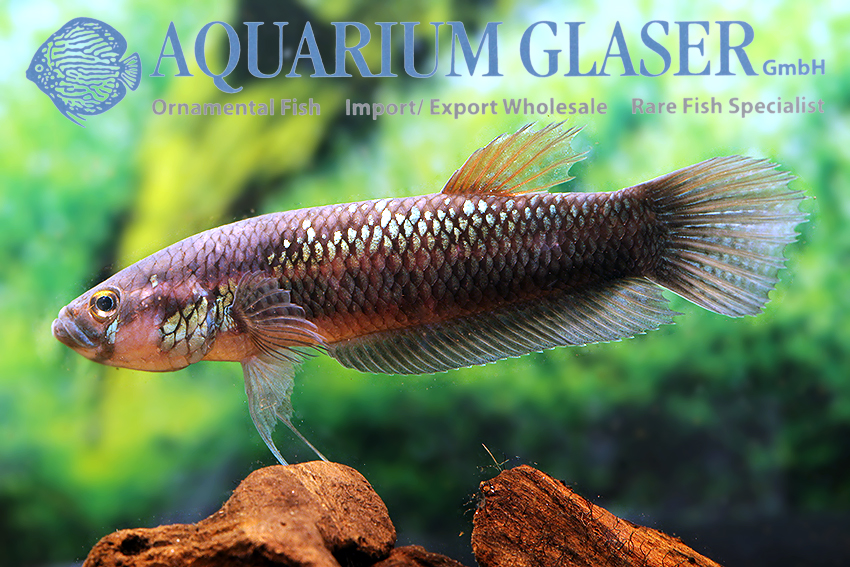
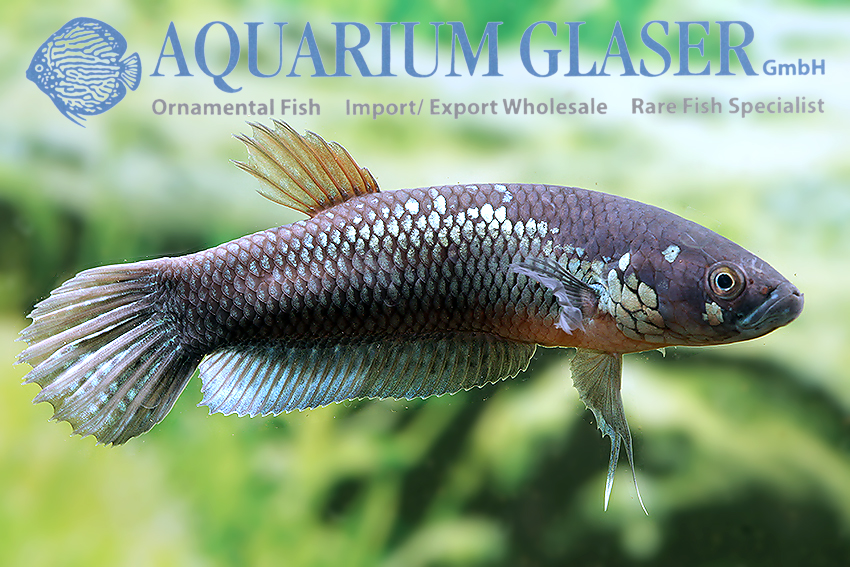
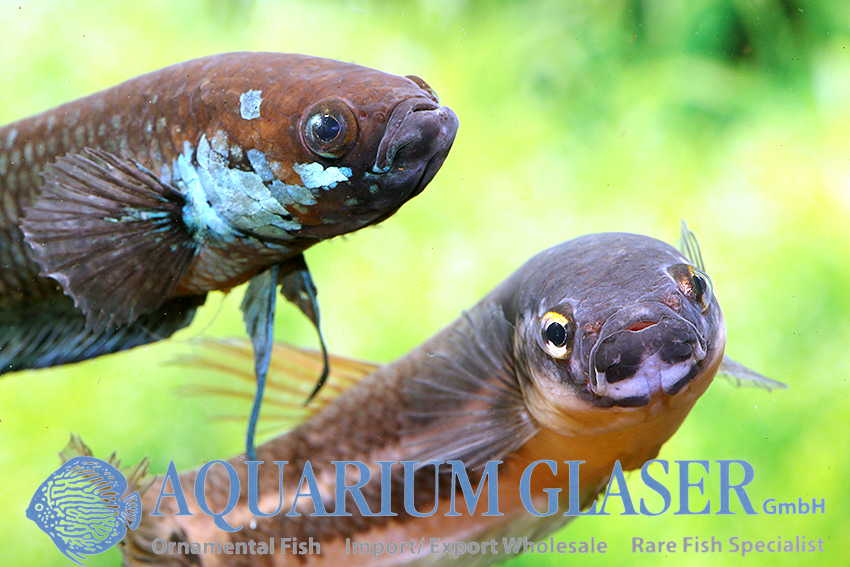
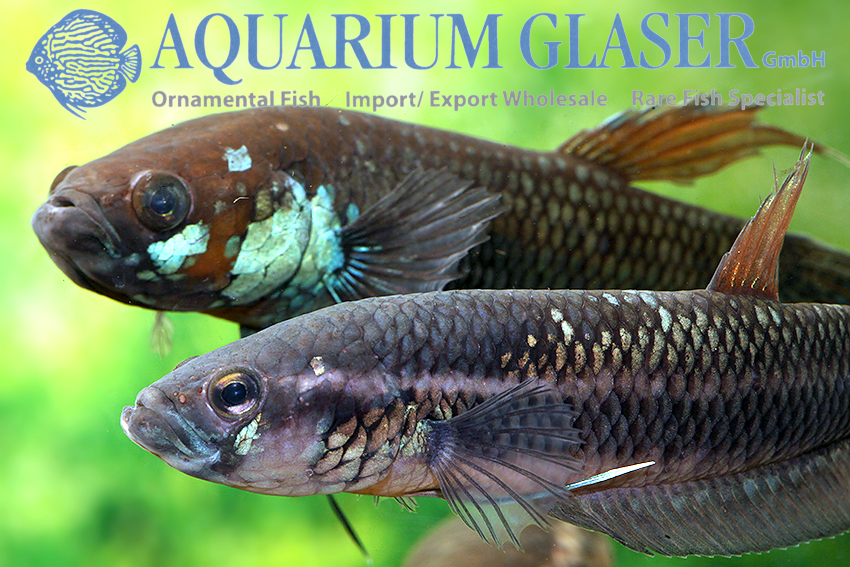
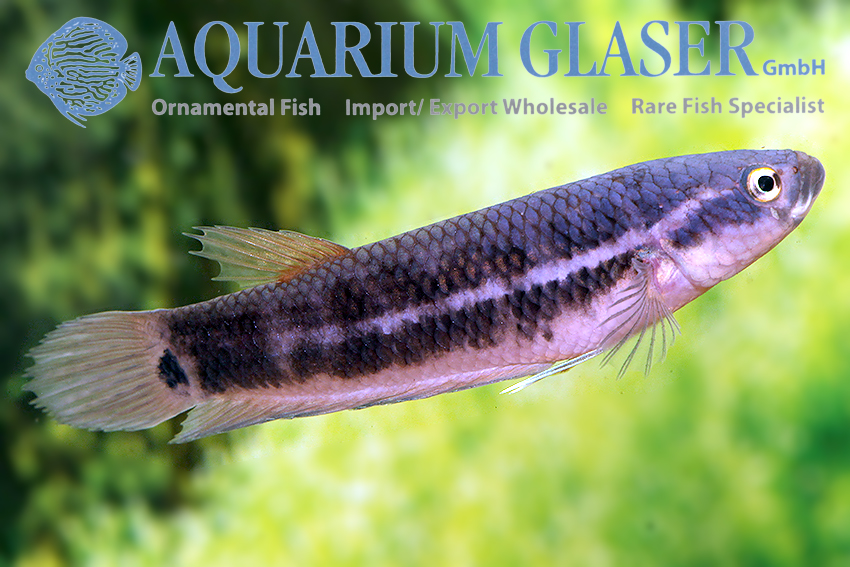
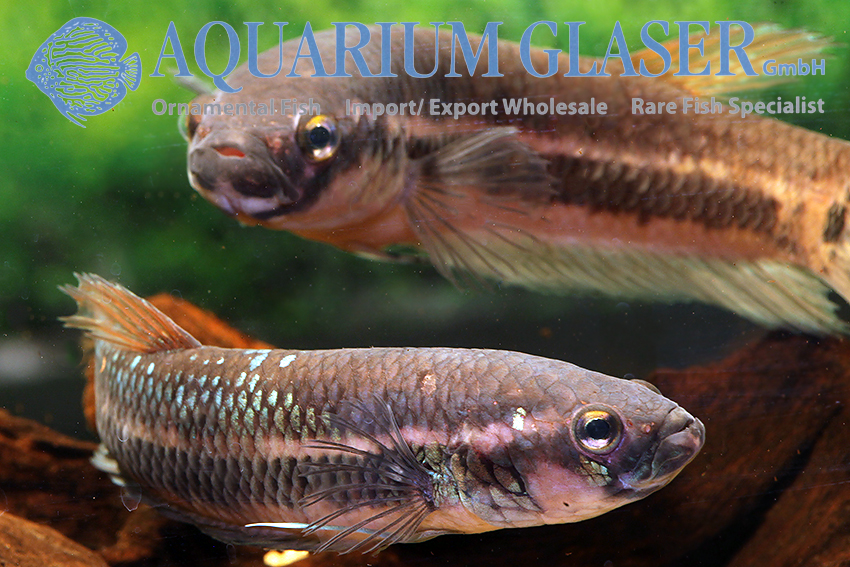
This magnificent fighting fish is a very peaceful species. It is mouthbrooding and can reach lengths of around 10 cm. The only real difficulty in keeping them is preventing them from jumping out of the aquarium. In the wild, they inhabit small streams where they often have to jump over small waterfalls and feed mainly on flying terrestrial insects. These fighting fish have therefore perfected their jumping skills to perfection and can unerringly find any gap in the aquarium cover, no matter how small.
Today we know that there are more than 30 species/subspecies/location variants of these large fighting fish on Borneo. Horst Linke has just published (May 2024) a splendid monograph on these fish. Some species in the narrower relationship group are easy to recognize, such as Betta macrostoma, while others can hardly be distinguished even by the most sophisticated specialists. Unfortunately, the latter includes Betta unimaculata, which has at least one barely distinguishable sibling species: B. ocellata.
The first “Betta unimaculata” that Horst Linke brought back from Tawau on Borneo in 1980 (and this strain still exists in the hobby today!) were/are, according to current knowledge, B. ocellata. The countable and measurable values that have been investigated so far overlap in B. unimaculata and B. ocellata. Until 2005, B. ocellata was therefore considered a synonym of B. unimaculata. In a study on the fighting fishes from Singapore, Malaysia and Brunei, the scientists Tan & Ng removed B. ocellata from the synonymy. The most obvious difference between B. unimaculata and B. ocellata is said to be the pattern of the caudal fin of the males. In B. unimaculata the intermediate fin membranes are clearly striped or spotted, in B. ocellata they are colorless. Unfortunately, however, this characteristic also appears to be quite variable. Almost all Betta of this group reported as “Betta unimaculata” in the aquaristic literature before 2005 were B. ocellata according to current knowledge. The animals we can offer right now are “true” B. unimaculata, if you go by the fin coloration, B. ocellata, if you go by the head profile – or a still scientifically undescribed species, because a lot of research is still needed to clarify this species complex satisfactorily.
We currently have a fully-grown stock from a private breeder. They are perfect for catching the virus of labyrinth fish enthusiasm in general and fighting fish enthusiasm in particular – an extremely pleasant and long-lasting “disease”!
For our customers: the animals have code 392104 on our stock list. Please note that we only supply the wholesale trade.
Text & photos: Frank Schäfer




